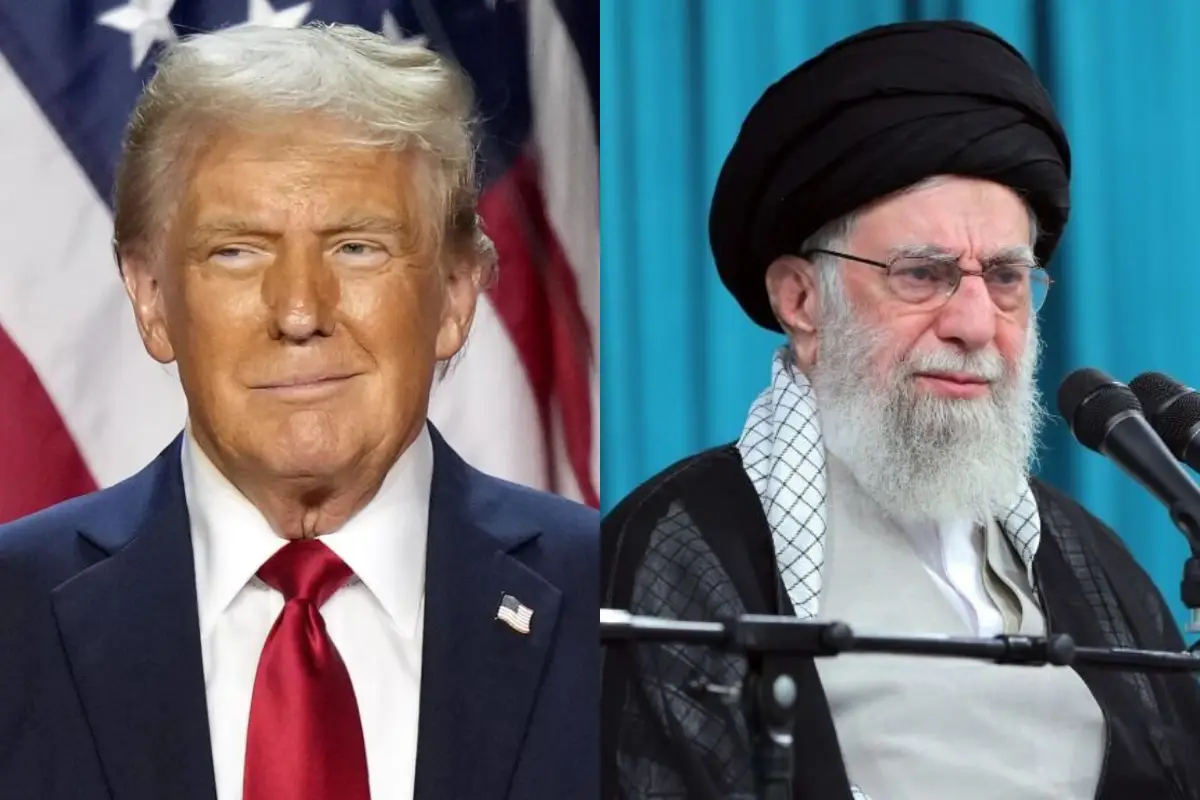US Launches Strikes on Iranian Nuclear Sites, Trump Urges Iran to Make Peace Now

US Launches Strikes on Iranian Nuclear Sites, Trump Urges Iran to Make Peace Now
The United States has launched strikes on Iranian nuclear facilities, with former President Donald Trump announcing on Saturday that the mission was a “very successful attack” and confirming that all US aircraft involved had returned safely.
Trump had previously sought to negotiate a new nuclear agreement with Iran after withdrawing from the 2015 deal in 2018. However, he has now thrown his support behind Israel’s recent military offensive targeting Iran’s nuclear infrastructure and key military leaders, which began just over a week ago.
Targeted Facilities
According to Trump, the United States hit three primary nuclear sites in Iran: Fordo, Natanz, and Isfahan. The Fordo facility, located under a mountain near the religious city of Qom, was reportedly struck with a “full payload of bombs.”
Fordo, once built in violation of UN directives, housed about 3,000 centrifuges for uranium enrichment — a process essential for both civilian energy use and nuclear weapons development. The facility’s deep underground position has long posed a challenge to Israeli forces, whose weapons lack the capability to penetrate such fortified sites.
Natanz, Iran’s main enrichment center, contains approximately 70 centrifuge cascades. Isfahan, on the other hand, hosts both a uranium conversion plant and a nuclear fuel fabrication site.
Weapons Used
Trump did not specify the exact weapons used, but it is believed that the GBU-57 — a 30,000-pound bunker-buster bomb — was deployed, particularly against the deeply buried Fordo site.
This bomb, known as the Massive Ordnance Penetrator (MOP), can drill through up to 200 feet (60 meters) of reinforced concrete before detonating — a capability that sets it apart from conventional munitions. The weapon was developed starting in 2004 and was integrated with military aircraft in a 2009 Boeing contract.
Delivery Aircraft
The only aircraft capable of carrying the GBU-57 is the B-2 Spirit stealth bomber. Prior to the strikes, aviation trackers and media outlets had noted the movement of several B-2 bombers departing from Whiteman Air Force Base in Missouri.
With a range of 6,000 nautical miles (9,600 kilometers) without refueling, the B-2 is designed for long-distance missions to infiltrate heavily defended airspace and strike high-value targets. The aircraft has seen combat in conflicts from Kosovo in the 1990s to Afghanistan and Iraq in the 2000s.
Looking Ahead
Trump urged Iran to “agree to end this war” and expressed hope for a peaceful resolution. However, it remains uncertain whether the strikes will prompt Iran to de-escalate or escalate the situation further.
If Iran opts to retaliate, it may do so by attacking American forces stationed across the Middle East or by attempting to shut down the Strait of Hormuz — a vital maritime passage through which about 20% of the world’s oil supply flows.
Read More: Ayatollah Khamenei Picks 3 Successors Amid Threats, Son Mujtaba Not Included
Catch all the World News, Breaking News Event and Trending News Updates on GTV News
Join Our Whatsapp Channel GTV Whatsapp Official Channel to get the Daily News Update & Follow us on Google News.












